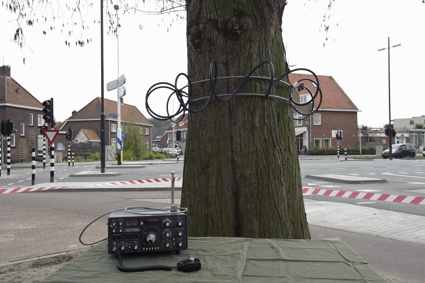 BioArt Laboratories, Tree Antenna at Age of Wonder (demo outside Baltan Laboratories). Photo by Sas Schilten
BioArt Laboratories, Tree Antenna at Age of Wonder (demo outside Baltan Laboratories). Photo by Sas Schilten
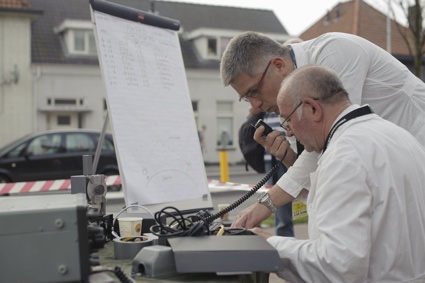 BioArt Laboratories, Tree Antenna at Age of Wonder (demo outside Baltan Laboratories). Photo by Sas Schilten
BioArt Laboratories, Tree Antenna at Age of Wonder (demo outside Baltan Laboratories). Photo by Sas Schilten
I already mentioned the festival Age of Wonder last week in my notes from Nick Bostrom’s talk about (human and artificial) Super Intelligence. The festival attempted to reflect on the challenging but ultimately exciting techno-mediated times we are living with a series of performances, keynotes and art installations. BioArt Laboratories illustrated the essence of the festival with Tree Antenna, an installation and workshop that engaged with alternative wireless communication, ecology, DIY culture and historical knowledge.
The Eindhoven-based multidisciplinary art&design group recreated an early 20th Century experiment in which live trees are used as antennas for radio communication.
General George Owen Squier, the Chief Signal Officer at the U.S. army not only coined the word “muzak”, in 1904 he also invented in 1904 a system that used living vegetable organisms such as trees to make radio contact across the Atlantic. The invention never really took off as the advent of more sophisticated means of communication made tree communication quickly look anachronistic.
Tree communication was briefly back in favour during the Vietnam War when U.S. troupes found themselves in the jungle and in need of a reliable and easy to transport system of communication but after that, only a few groups of hobbyists used tree antennas for wireless communication.
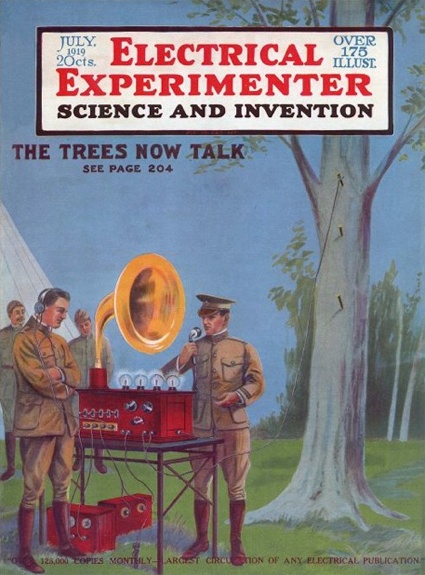 George O. Squier ~ Trees as Antennas (Scientific American, June 14, 1919 & British Patent Specification # 149,917)
George O. Squier ~ Trees as Antennas (Scientific American, June 14, 1919 & British Patent Specification # 149,917)
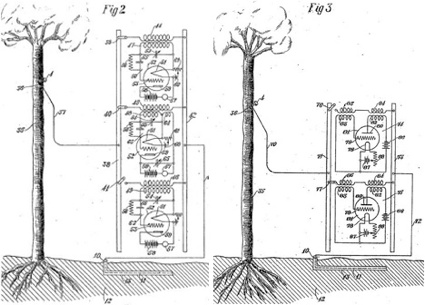 Illustration from Squier’s patent
Illustration from Squier’s patent
During the last afternoon of Age of Wonder, BioArt Laboratories invited members of the public of all ages and background to join them and bring back tree antennas to our attention. Participants of the workshop could craft simple and affordable devices that would allow anyone to use the tree in their backyard as a radio receiver (it is also possible to broadcast from your tree but the technology is slightly more expensive and it requires permits.)
Squier drove a nail into the tree, hung a wire, and connected it to the receiver. The BioArt Laboratory team used flexible metal spring that wrapped around the trunk as planting a nail into the tree would have damaged it. Their system definitely works as the team managed to communicate with amateurs radios from countries as distant as Italy and Ukraine.
Right now there are only a few amateurs using tree and other high plants for wireless communication but the BioArt Laboratory’s objective is to spread the word about this simple and affordable technology and gradually build up a world-wide forest of antennas.
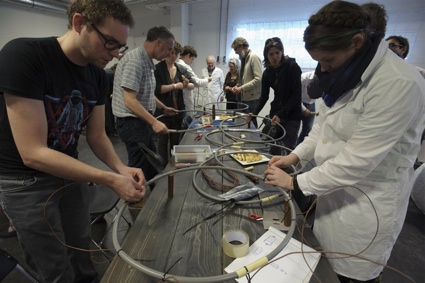 BioArt Laboratories, Tree Antenna at Age of Wonder (workshop at Baltan Laboratories.) Photo by Sas Schilten
BioArt Laboratories, Tree Antenna at Age of Wonder (workshop at Baltan Laboratories.) Photo by Sas Schilten
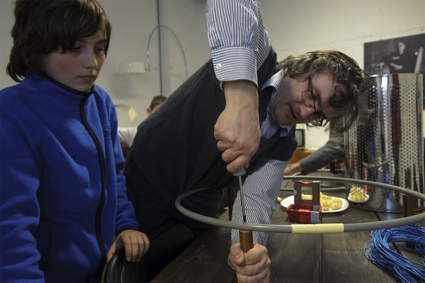 BioArt Laboratories, Tree Antenna at Age of Wonder (workshop at Baltan Laboratories.) Photo by Sas Schilten
BioArt Laboratories, Tree Antenna at Age of Wonder (workshop at Baltan Laboratories.) Photo by Sas Schilten
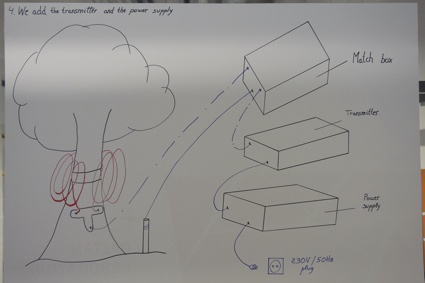 BioArt Laboratories, Tree Antenna at Age of Wonder (workshop at Baltan Laboratories.) Photo by Sas Schilten
BioArt Laboratories, Tree Antenna at Age of Wonder (workshop at Baltan Laboratories.) Photo by Sas Schilten
Obviously, in this experiment the tree is part and parcel of the functionality of the antenna. We’re thus not speaking of questionable antennas disguised as tree.
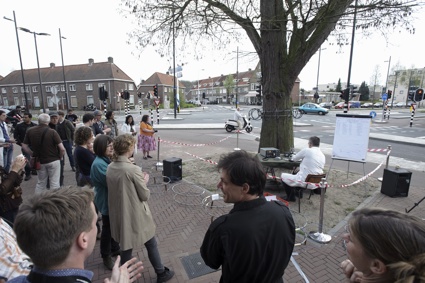 BioArt Laboratories, Tree Antenna at Age of Wonder (demo outside Baltan Laboratories). Photo by Sas Schilten
BioArt Laboratories, Tree Antenna at Age of Wonder (demo outside Baltan Laboratories). Photo by Sas Schilten
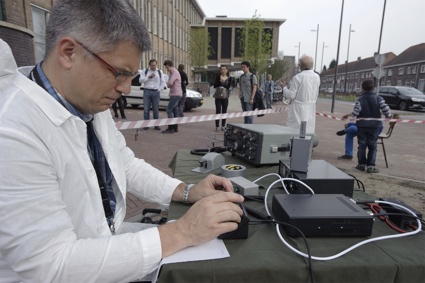 BioArt Laboratories, Tree Antenna at Age of Wonder (demo outside Baltan Laboratories). Photo by Sas Schilten
BioArt Laboratories, Tree Antenna at Age of Wonder (demo outside Baltan Laboratories). Photo by Sas Schilten
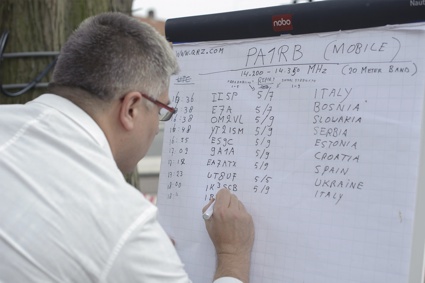 BioArt Laboratories, Tree Antenna at Age of Wonder (demo outside Baltan Laboratories). Photo by Sas Schilten
BioArt Laboratories, Tree Antenna at Age of Wonder (demo outside Baltan Laboratories). Photo by Sas Schilten
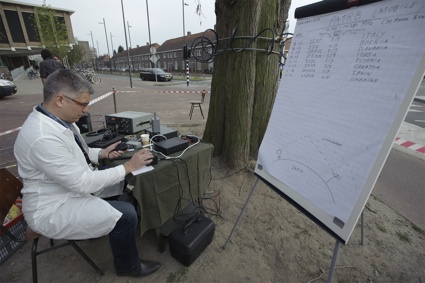 BioArt Laboratories, Tree Antenna at Age of Wonder (demo outside Baltan Laboratories). Photo by Sas Schilten
BioArt Laboratories, Tree Antenna at Age of Wonder (demo outside Baltan Laboratories). Photo by Sas Schilten
